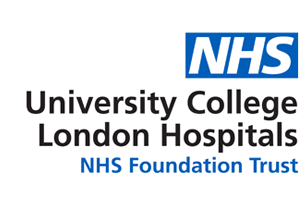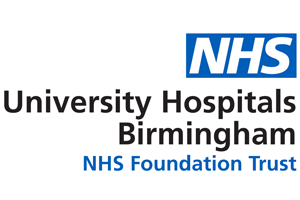Project InnerEye open-source software (OSS) is created and used for deep learning research by the Project InnerEye team in Microsoft Health Futures. It is released at no-cost under an MIT open-source license to make it widely available for the global medical imaging community, who can leverage our work. The tools aim to increase productivity for research and development of best-in-class medical imaging AI and help to enable deployment using Microsoft Azure cloud computing (subject to appropriate regulatory approvals). Support for these OSS tools is via GitHub Issues on the relevant repositories.

Open source
Project InnerEye toolkits are open-source, based on PyTorch, and released under an MIT license

Easy to use
Makes building medical imaging models easier, increasing productivity of research and developers

Scalable
Uses Microsoft Azure to train your own models at scale using the latest GPU technology

Deployable
OSS components to help deploy your ML models within existing medical imaging workflows

Best practices
Makes it easy to follow best practices when developing and maintaining your AI models

Peer-reviewed
Peer-reviewed research validation of ML models for radiation therapy planning workflows using CT images
Open-source toolkits and components
There are several InnerEye OSS tools to help with medical imaging AI research and development. Use the links below to learn more about each tool and go to the respective GitHub repositories. The Getting Started (opens in new tab) page on this site has more details of how these tools might be used together for radiation therapy workflow planning. If you have any problems, find issues in the code, or have a feature request, then please create an issue on GitHub (opens in new tab). We monitor these issues and will look to respond via GitHub.
InnerEye-DeepLearning Toolkit
Train PyTorch-based medical imaging models at scale on Microsoft Azure. This includes the ability to bring any PyTorch Lightning model and get cloud scaling out-of-the-box.
InnerEye-Gateway
Manage image de-identification and transfer of images from a hospital network to and from Microsoft Azure for running inference, in a secure way.
InnerEye-Inference
Run inference on medical imaging ML models trained with the InnerEye-DeepLearning toolkit.
Who can benefit from Project InnerEye Open-Source Tools?
- Medical imaging and clinical researchers, including at Academic Medical Centers, can focus on their research by using InnerEye OSS tools to be more productive. The Deep Learning Toolkit makes it easier to design, debug, train, and track your ML models. You can train large models by scaling out runs using the latest Azure GPUs. Typical use cases are radiotherapy planning workflows with CT scans and medical research with MR, OCT, and x-ray images.
- Medical imaging companies, who can use the InnerEye OSS tools to help to accelerate development and deployment* of medical imaging AI models at scale using Microsoft Azure. We have validated ML models for radiotherapy planning with CT images, and successfully used it for our own research using MR, OCT, and x-ray images.
* Clinical deployment subject to appropriate regulatory approvals.
Related projects
- InnerEye OSS tools make extensive use of Azure Machine Learning to increase productivity by enabling training on GPU clusters, MLOps, and image labelling. For more details, see Azure Machine Learning – ML as a service | Microsoft Azure (opens in new tab)
- These InnerEye OSS tools are open-source research projects and not Microsoft products. They take advantage of Microsoft Azure to make it easier to develop and deploy medical imaging models. For more information about Microsoft products, see Azure for Healthcare—Healthcare Solutions | Microsoft Azure (opens in new tab)
Users and contributors
Collaboration spotlight
Dr. Rajesh Jena, Addenbrooke’s Hospital




Disclaimer: The InnerEye Deep Learning Toolkit, Inner Eye-Gateway and InnerEye-Inference (collectively the “Research Tools”) are provided AS-IS for use by third parties for the purposes of research, experimental design and testing of machine learning models. The Research Tools are not intended or made available for clinical use as a medical device, clinical support, diagnostic tool, or other technology intended to be used in the diagnosis, cure, mitigation, treatment, or prevention of disease or other conditions. The Research Tools are not designed or intended to be a substitute for professional medical advice, diagnosis, treatment, or judgment and should not be used as such. All users are responsible for reviewing the output of the developed model to determine whether the model meets the user’s needs and for validating and evaluating the model before any clinical use. Microsoft does not warrant that the Research Tools or any materials provided in connection therewith will be sufficient for any medical purposes or meet the health or medical requirements of any person.





